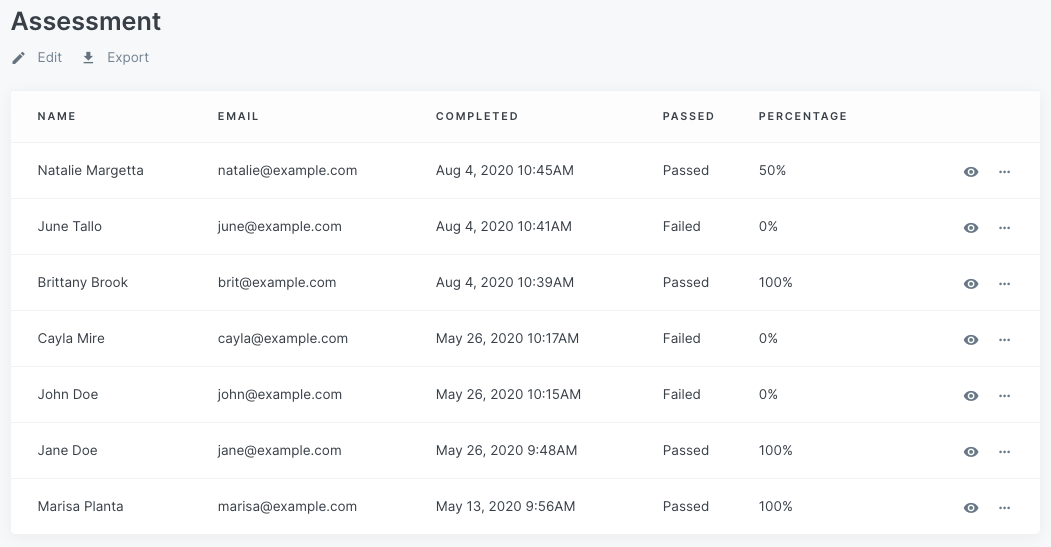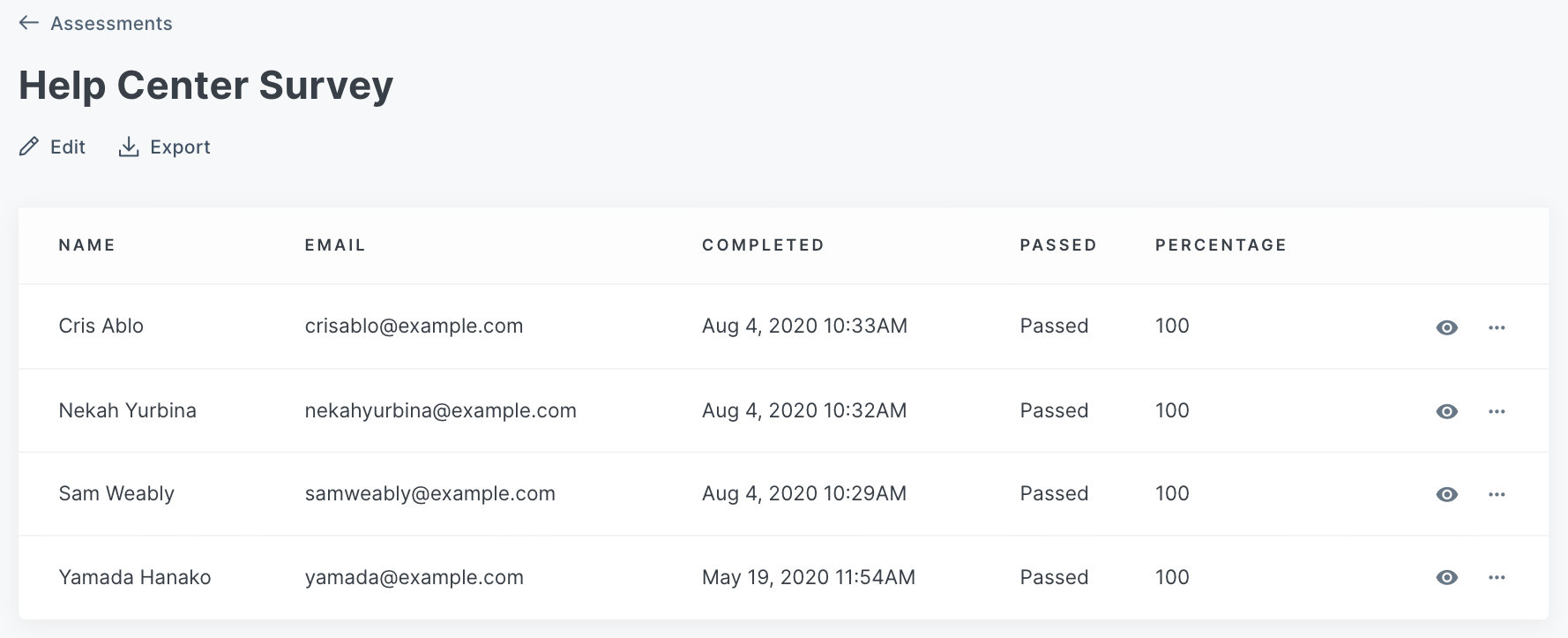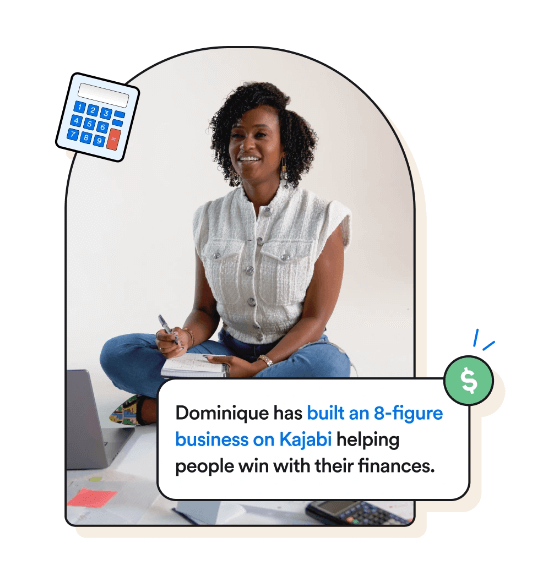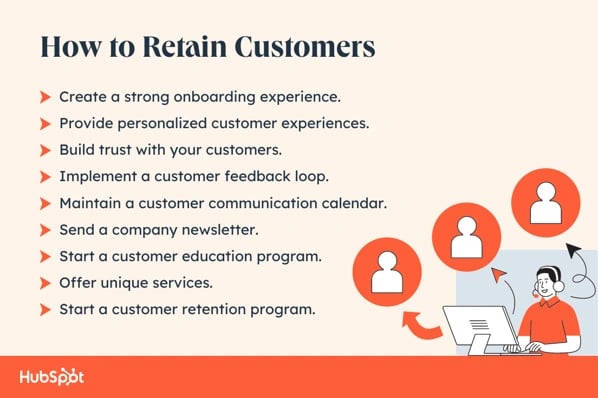Throughout my coaching career, I’ve tried many things to help my clients get results…
And what I’ve realized through all the trial and error is this.
It doesn’t matter how good you are…
It doesn’t matter how much experience you have…
And it doesn’t even matter how eager you are or how much you care.
You’ll never help 100% of your clients get results.
So what stops clients from getting results?
Their mindset.
You may have heard Tony Robbins’ famous quote…
“Success is 80% mindset, 20% mechanics.”
And it’s very true.
So in this week’s newsletter, I’ll discuss 7 reasons why your clients may sabotage their own success, and the one solution to fix it all.
But before getting into the main part of the newsletter, let me give you a perfect example of why mindset is so important.
As you know, I teach High Ticket Closing.
The mechanics of high ticket closing include asking the right questions, playing with prospect resistance, asking for money, talking to strangers, and many other things.
But if the mentee is uncomfortable with any of the mechanics, or they have a negative association with sales, then they’ll never succeed.
So, let’s dive into the…
7 Reasons Why Your Clients May Not Succeed
- They can’t do it
This one is obvious, and it’s the reason why they’ve hired you.
If they could do it, they would have already done it. - They won’t do it
Here they have the ability but they simply won’t do the work to achieve the success they desire. - They don’t believe they can do it
Here they have the ability, but for whatever reason, they don’t believe they can succeed.
This often causes people not to even try to change their life and get better results. - They don’t believe it will work
No matter how many clients you have that have succeeded with your program…
There will always be people who don’t believe it will work.
What they’re really saying is similar to the 3rd reason.
They don’t believe it will work for them.
Sure, they can see other people succeeding.
But they don’t think it will work for them, and this becomes a self-fulfilling prophecy.
Meaning, if they don’t think it will work, it won’t work. - They don’t stick with it long enough
Success happens at different times for different people.
Some reach their goals in a month or two, some may take years.
So, what determines how fast someone will succeed?
The truth is, there are many variables, which include but are not limited to…
The hours they put in… how consistent they are… how fast they learn, and countless others. - They play the victim.
In my High Ticket Closer Certification™ (HTC), we have a rule.
That rule is “No excuses, No opinions, and No victims.”
Victims always look for someone else to blame.
They b*tch, moan, and whine.
And if you accidentally bring on clients like these, not only will they be a client from hell, but they’ll never succeed.
They haven’t taken full responsibility for their life, and until they do, they’ll continue to stay stuck. - Their environment
I always say, “Your environment is more powerful than your willpower.”
If your clients are constantly hanging out with negative friends and family, they’ll be influenced by them and this will cause internal friction in their mind.
They may be swayed not to work on themselves, their business, and their goals.
And if they don’t move house or distance themselves, this will adversely affect their future success.
How To Help Them Overcome The 7 Roadblocks To Success
So, with all these roadblocks and obstacles getting in their way, how do you give your clients the best chance of success?
The answer is of course, to include a mindset portion in your program.
Your mindset modules should be designed in such a way to remove old beliefs that could halt their success…
And replace them with more empowering beliefs and different ways of thinking that will help them succeed.
For example: In HTC™, I teach the psychology of high ticket sales… why sales is a noble profession and not something to be ashamed of… why people look down on salespeople… why they can’t afford to be afraid of speaking to strangers, and so much more.
If you haven’t already, brainstorm the different ways of thinking someone must have to succeed in your program, and all the different mental roadblocks someone may experience when working with you.
You may like to interview past or current clients, because they may tell you things you’ll likely never think of.
Remember, all you can do is to help the clients who want to help themselves.
And if they join your program, and don’t think they need mindset training, then those are the people who need it the most, and usually they’re the ones you can’t help.
In closing…
If you want to give your clients the best chance of success, don’t skip the mindset training.
When you include mindset, you should see your success rate increase, and if you only let in highly motivated people, this will also improve your client success rate.
Until next time… go high ticket,
Dan Lok
P.S. – We’ve spoken about your clients throughout the entire newsletter, but what about getting YOU faster and better results in your business?
If you want my complete business playbook that’s responsible for over $100 million in sales in my coaching/consulting business, then you’ll love the S.M.A.R.T. Challenge™.
The next challenge kicks off on July 26th and runs for 3 days.
After the three days, you’ll leave with a “done list” of tasks and the strategies to SCALE, SYSTEMIZE, and SUSTAIN your business through the toughest economic climates, and much more.
We only run the challenge a few times a year, so…




